In today’s dynamic and fiercely competitive business landscape, organisations are constantly in search of methods to elevate their performance and maintain a competitive edge. To achieve this, they understand the significance of placing the right individuals with the precise skill sets in the appropriate positions. This is precisely where employee competency mapping emerges as a crucial instrument for Human Resources (HR) leaders.
Competency mapping is fundamentally the process of identifying and assessing the competencies, skills, and proficiencies essential for individuals to perform their roles effectively. Competency mapping and assessment play a pivotal role in recruitment, talent management, and performance appraisal. They serve as the cornerstone that enables organisations to align their workforce with their strategic goals.
In this comprehensive guide, we shall provide a detailed, step-by-step exploration of competency mapping and assessment. Our aim is to illuminate how HR leaders can harness this potent tool to steer their organisations toward success.
Understanding employee competency mapping
Employee competency mapping is the systematic process of identifying and evaluating the competencies required for various roles within an organisation. Competencies may be functional or behavioural in nature and encompass a broad range of attributes, including knowledge, skills, abilities, and behaviours. Mapping these competencies helps HR leaders
in several key areas:
1. Recruitment: Identifying the right competencies allows HR to create more precise job descriptions and criteria for hiring. This leads to better candidate selection, reducing turnover and ensuring a stronger alignment between employee skills and job requirements.
2. Performance Management: Employee competency mapping forms the foundation for performance appraisals. By assessing employees against predefined competencies, HR leaders can provide more targeted feedback and development plans.
3. Learning and Development: Competency mapping guides the design of training and development programmes. It ensures that employees receive the skills and knowledge required to excel in their roles and contribute to the organisation’s success.
4. Succession Planning: HR leaders can identify high-potential employees by assessing their competencies. This information is valuable for succession planning, enabling organisations to groom future leaders from within.
Step-by-Step Guide to Competency Mapping
1. Identify the Purpose and Objectives: The first step in competency mapping is to define the purpose and objectives. Understand why you are conducting competency mapping. Is it for a specific department, role, or a broader organisational initiative? Clarifying the purpose will guide the entire process.
2. Define Crucial Positions: Identify the pivotal roles within your organisation that are instrumental in driving your strategic objectives. These roles may encompass sales positions, managerial responsibilities, technical specialisations, or any other functions that wield substantial influence over your business.
3. Formulate a Competency Framework and Gather Input: Constructing a comprehensive competency framework involves delineating the precise competencies necessary for each identified role. These competencies encompass both technical skills, directly related to job-specific expertise, and behavioural attributes, encompassing soft skills vital for effective performance. For instance, within sales roles, technical competencies might revolve around product knowledge, while behavioural competencies could encompass communication and negotiation prowess. However, creating this framework is not solely an internal process; it involves a crucial external component—gathering input. This phase is pivotal, calling for insights and perspectives from a diverse range of stakeholders within the organisation. Engagement with managers, employees across different levels and departments, subject matter experts, and even customers or clients in certain contexts is essential. Each group brings a unique viewpoint that contributes to the holistic understanding of competencies required for various roles, ensuring a well-rounded and accurate framework.
4. Deploy Framework: Once the competency framework is established, it is critical to ensure its effective deployment within the organisation. This step involves not only making employees aware of the framework but also integrating it into various HR processes. Communication channels need to be established to disseminate information about the framework across all levels of the organisation. Besides, training employees on competencies is important since it allows testing the framework.
5. Competency Assessment: Once the competency framework is established, it is time to assess employees against these competencies. Assessments of competencies can be done through processes like interviews, self-assessments, peer reviews, or other assessment methods. For example, during a sales competency assessment, a series of evaluations of a sales representative’s capabilities can be measured, namely conviction in their own products and services, persuasiveness and ratio of closing sales.
6. Gap Analysis: Compare the assessed competencies of employees with the desired competencies outlined in the framework. This gap analysis will highlight areas where employees may need further development or training.
7. Development Plans: Based on the gap analysis, create individual development plans for employees. These plans should outline the actions needed to bridge the competency gaps, including training, mentoring, or on-the-job experiences.
8. Monitoring and Feedback: Competency mapping is an ongoing process. HR leaders should regularly monitor the progress of employees’ development plans and provide feedback and support as needed.
Technical and behavioural competencies are vital in defining job roles, assessing employee performance, creating training programmes, and identifying potential leaders within an organisation. They form the foundation, guaranteeing that employees possess the necessary skills, knowledge, and attributes to excel in their respective roles and contribute effectively to the organisation’s success.
Conclusion
Competency mapping is a valuable tool for HR leaders to align their workforce with the organisation’s strategic goals. It enhances recruitment, performance management, training, and development, and succession planning. By following a systematic step-by-step approach, HR leaders can create a competency framework that empowers employees to excel in their roles.
In the sales domain, competency mapping and assessment are particularly critical. Sales competency assessment ensures that sales teams have the necessary skills to meet targets, drive revenue, and excel in a competitive market. It enables organisations to identify top-performing sales representatives and provides a clear roadmap for their professional development.
Competency mapping is not a one-time activity but an ongoing process that evolves with the organisation. By leveraging this powerful tool, HR leaders can build a workforce that drives the success of the organisation and adapts to the ever-changing business landscape.


